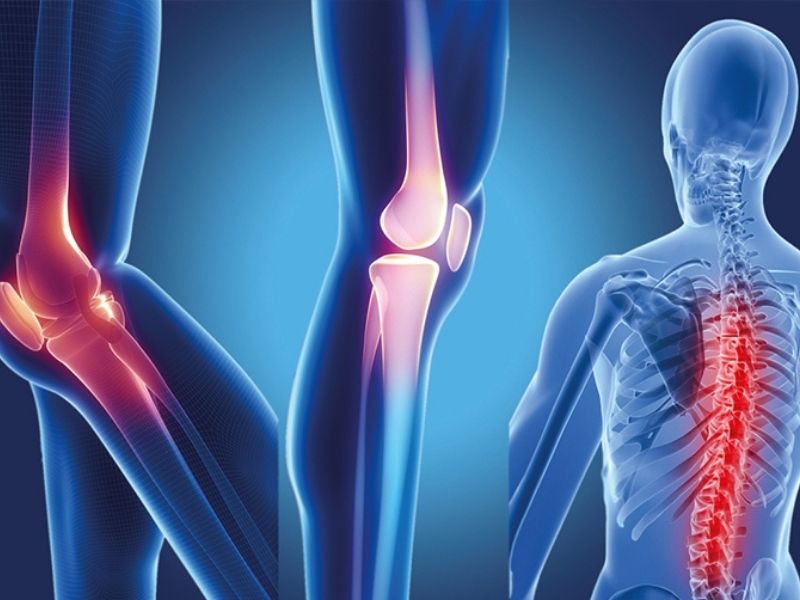The Orthopedics and Traumatology Unit, which deals with musculoskeletal diseases, is an extremely rich specialty with many different sub-branches, methods of diagnosis and treatment. The main areas such as arms, legs, pelvis, spine and bones, muscles, vessels, nerves, connecting tissues of the spinal cord are in the field of interest of the Orthopedics and Traumatology department.
 Branch of orthopedics; is involved in the diagnosis and treatment of all types of diseases that affect the movement system. Patients cared for in this area may have subsequent, as well as congenital, injuries and trauma. Congenital inequality of the legs and hip dislocations are listed as diseases that the field of orthopedics constantly follows. In addition to these, orthopedics; It also examines diseases such as nerve compression, joint sprain, meniscus tear, joint calcification, and heel spurs. Another disease considered is; joint pain, bone fractures, arthrosis, rheumatism, herniated disc in the back and neck, dislocations.
Branch of orthopedics; is involved in the diagnosis and treatment of all types of diseases that affect the movement system. Patients cared for in this area may have subsequent, as well as congenital, injuries and trauma. Congenital inequality of the legs and hip dislocations are listed as diseases that the field of orthopedics constantly follows. In addition to these, orthopedics; It also examines diseases such as nerve compression, joint sprain, meniscus tear, joint calcification, and heel spurs. Another disease considered is; joint pain, bone fractures, arthrosis, rheumatism, herniated disc in the back and neck, dislocations.
Patients who turn to orthopedics generally present with symptoms of intense pain and difficulty moving. Although it varies from person to person, the main symptoms of orthopedic diseases are; sudden stiffness, pain, loss of sensation and weakness in the affected area.Low back pain, neck and back pain and numbness and balance disturbances in the region are among the symptoms seen in orthopedic patients.
If orthopedic disorders are left untreated, they can cause bone curvature, improper union, and severe movement difficulties. For this reason it is necessary to consult an orthopedic and trauma specialist without wasting time in the discomforts that are felt in the muscles, bones and other tissues. Several treatments can be applied to orthopedic patients with medications, physical therapy, and surgery.



